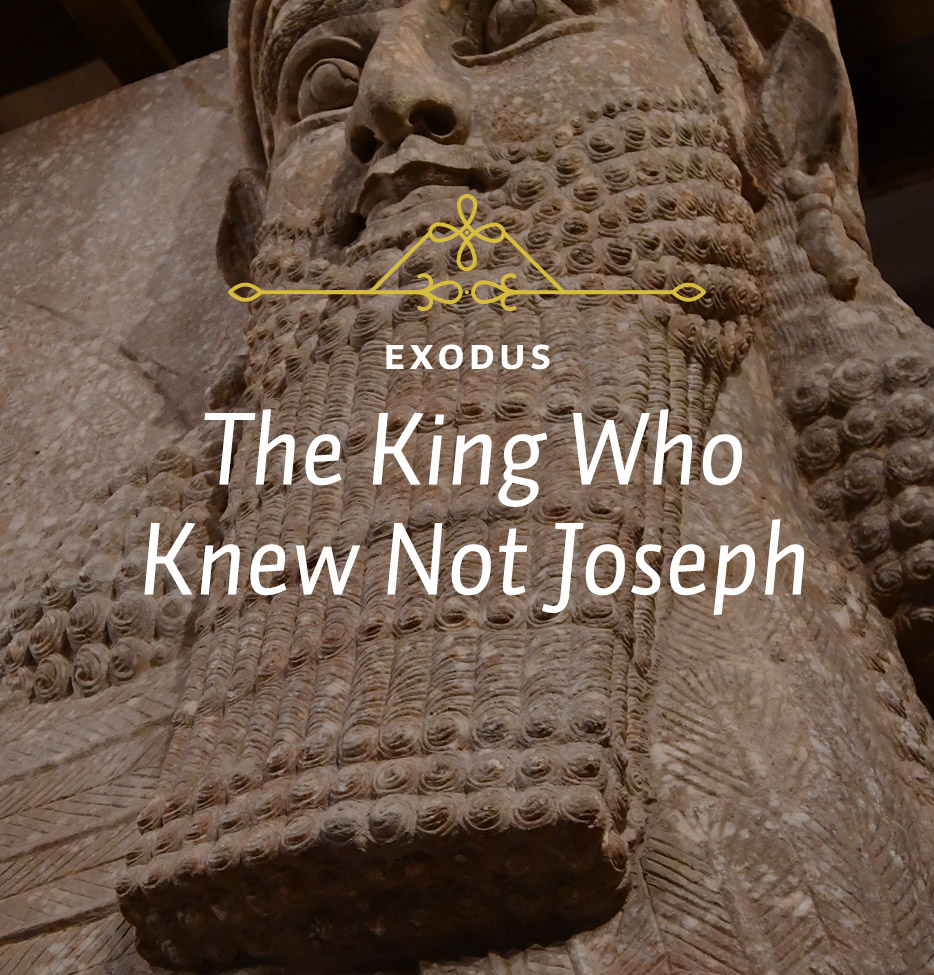After this came the New Kingdom (Dynasties XVIII-XX), which was the peak of Egyptian influence. Under the pharaohs of that dynasty, the kingdom was extended as far as the Euphrates River. The most famous pharaoh of the eighteenth dynasty was Rameses II, who ruled for about 65 years. Then there was a period of decline (the Third Intermediate Period, covering Dynasties XXI-XXV), followed by the Late Period, which is Dynasties XXVI-XXXI. Then, in 332 BC, Alexander the Great entered Egypt, creating the Persian Period, which ended the ancient history of the nation.
In terms of geography, Egypt is a long country, about 600 miles long on either side of the Nile. The Nile is the only reason Egypt exists. If you didn’t have the water of the Nile, you wouldn’t have the country because you can go for thousands of miles to the west and all you have is desert across North Africa. And to the southeast, you find the same thing across the Arabian Desert. So it’s only because of the Nile that you had enough water to grow crops. So the country developed on both sides of the Nile from one or two miles up to twenty-five or thirty miles to the east and west of the river.
Egypt was also wealthy, not only because of the produce that was grown in the valley, but also because the country was rich in natural resources. Fish swarmed in the river, and waterfowl were plentiful along the banks. The land was ideal for raising cattle, and papyrus plants grew in the Delta area, which was used for making paper and matting, baskets, sandals, even small boats.
The Egyptians loved to hunt and there were lots of wild animals—jackals, foxes, hyenas, lions, lynxes, and leopards. From the Nile banks, they had plenty of clay for making bricks and pottery. And for their more permanent structures, they could carve softer stone like sandstone and limestone from the great cliffs that line the Nile for most of its length, as well as fine harder stone like alabaster, porphyry, granite and basalt. There was copper and gold. They didn’t have any iron, but that’s about the only really important metal they didn’t have.
Now Egypt was also well protected. They had a desert on one side and a desert on the other. And then way up the Nile, it was hard for anybody to come down from up there. The only place they were in any danger from at all was from the north, and for many thousands of years of their history they didn’t have any threat from that direction, either. So they didn’t have to keep a large army. Lots of countries spend a great deal of their natural resources on supporting and maintaining an army. But Egypt didn’t have to do that, so all of the money that would have gone into a large army, at least in the early years, went into the development of the country instead. Now later, as I said, they had to have an army after the Hyksos had invaded. But in the early days, when the country was developing, they were safe.
Egypt was also sophisticated. You might recall that in the seventh chapter of Acts, when Stephen is rehearsing the history of the Jewish people, he refers to Moses. He says Moses was educated in all the wisdom of the Egyptians. Now that was quite a statement, because the Egyptians really were known for their learning. They had writing, first of all, which not every nation had. The Egyptians wrote by hieroglyphs, which means “sacred writing,” and they kept a great many historical records in that. They had wisdom literature, the sayings of the sages, and stories. The Egyptians excelled in art and music. They had sophisticated forms of medicine, including filling decayed teeth. They even had a rudimentary kind of brain surgery that they practiced. They studied the stars and plotted the seasons by them. They excelled in mathematical and engineering skill.
Egypt may have been sophisticated and wealthy, and the wonder of the ancient world. But it was also a very pagan land. They worshiped animals such as bulls, cows, birds, snakes, and crocodiles, which they kept in sacred enclosures. When people read Paul’s description of the depravity of mankind apart from God in the first chapter of Romans, they could naturally think of a description of Egypt. As Paul writes, “Although they knew God, they neither glorified him as God nor gave thanks to him. And their thinking became futile and their foolish hearts were darkened. Although they claimed to be wise, they became fools, and exchanged the glory of the immortal God for images made to look like mortal man and birds and animals and reptiles” (Rom. 1:21-23). Now that debased religion of the Egyptians, for all their sophistication, enabled them to persecute the Jews in the way we find in the very first chapter of the book of Exodus.






